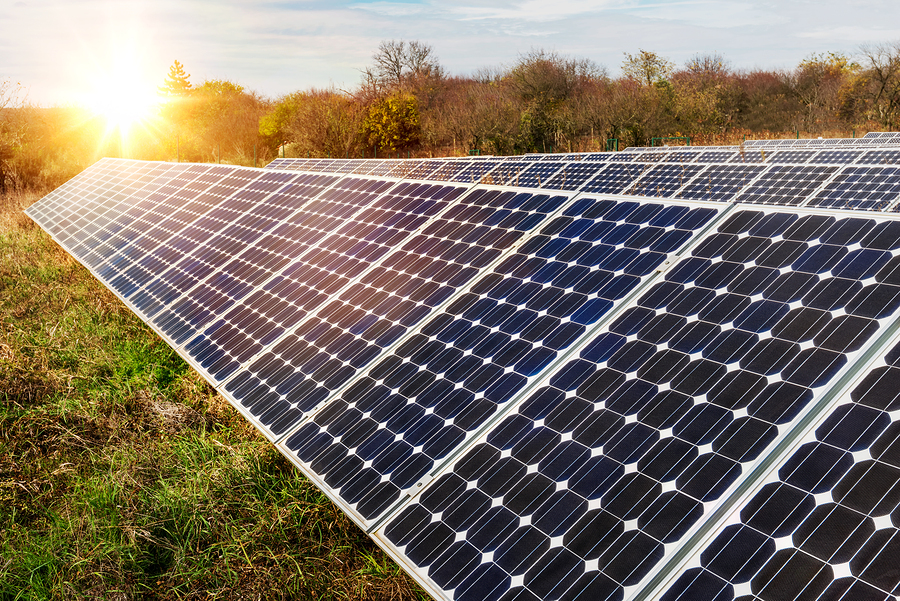Introspective Systems is part of the team building a new energy microgrid on Isle au Haut. Read Susan Ruhlin’s blog about this interesting project below.
Islanders are resourceful people. Certainly life without Walmart, drive-thrus, highways, and shopping malls, creates an idyllic and peaceful setting, but living on an island requires real planning. Water taxis, grocery trips, ferry schedules and cultivating plenty of friends on the mainland (with couches), are just a few examples of forethought needed for daily life on Isle au Haut, an island off the Maine coast. When something had to be done about the failing seven-mile submarine cable that brought power from Stonington to Isle au Haut, it’s not surprising that the residents and local power company decided to implement a self-sustainable solution.
For 35 years the under-sea cable did its job but was at serious risk for failure and service interruptions. During outages, the island relied on a backup diesel generator but fuel on the island typically runs 50% higher than on the mainland. So the Isle au Haut Electric Power (IaHEPC) Company, a member-owned, for-profit cooperative that serves the nearly 150 year-round and seasonal customers decided it was time to investigate its options.
Peak summer KW load, the total number of households, use and demand cycles, and fossil fuel costs were just some of the factors the team took into consideration. Additionally, they took a holistic approach to managing the local economy. Using fossil fuels represented money leaving the local economy each year, so looking for a sustainable and local solution was paramount.
Residents decided to build out a renewable microgrid in two phases after a thorough evaluation of the findings. The vote for the project received almost unanimous support at public meetings. The island’s migration to renewable power, which will be almost entirely solar, will also serve as a pilot for similar community-scale projects.
An interesting aspect of the project is that Isle au Haut will generate excess power in the winter time.The excess will be stored using electrochemical batteries to maintain grid requirements and the use of heat pumps with thermal storage capabilities will be used to heat private residences, the Town Hall, the school and the general store. One residence has already installed a heat pump with a 500-gallon hot water tank.
The first phase is designed to operate in conjunction with the cable (in case it fails). 204 kWp DC PV and 200 KWh DC of lithium-ion batteries and necessary inverters and switching will be installed. This phase will also provide the meaningful feedback needed to implement phase 2. Introspective Systems of Portland, ME; Dynamic Organics of Putney, VT; and Solar Design Associates, Harvard, MA; will all work as a team with IAHEPC on the project.
Introspective Systems will develop modeling using a fully distributed edge-control method, meaning data collected and analyzed at the site. The model will capture and develop pricing signals that predict future conditions and continuously calculate costs in real-time. This will allow the grid operator to create different prices at varying scales while balancing energy demand, lowering peak demand, and managing grid congestion.
Isle au Haut is not the first island to install a microgrid. Cuttyhunk, the tiny outermost of the Elizabeth Islands in Massachusetts, installed a solar-plus-storage microgrid last year. Somehow an autonomously operating microgrid system seems like a perfect solution for a Maine Island whose citizens think outside of the box.



